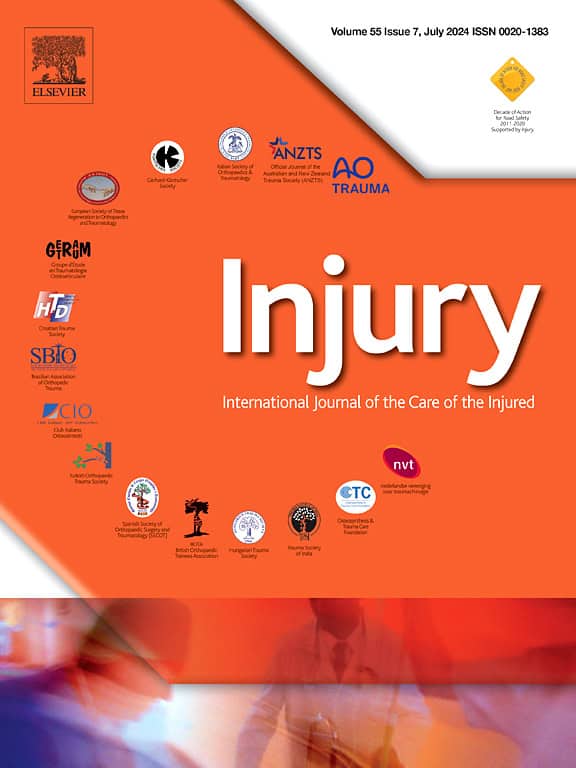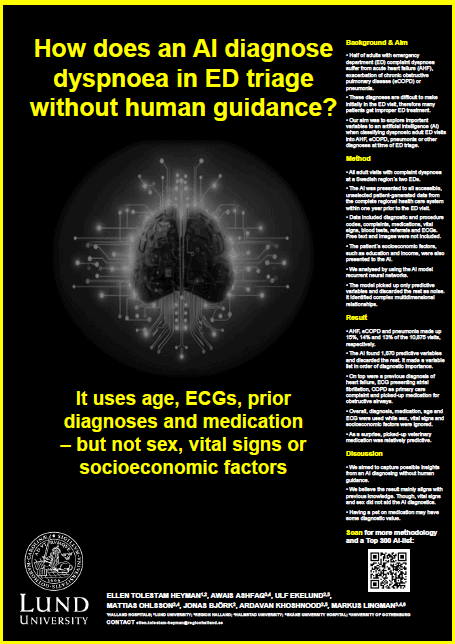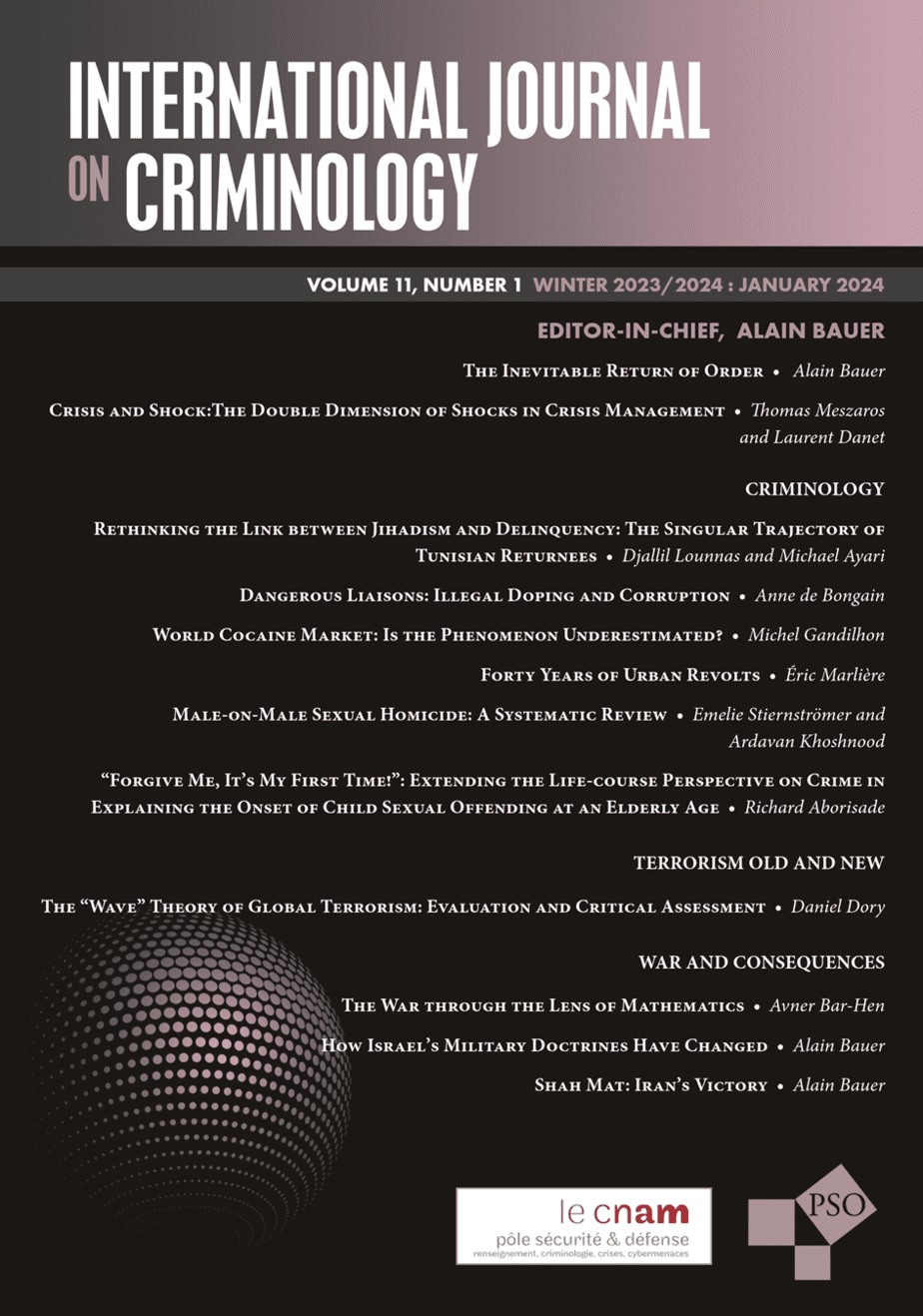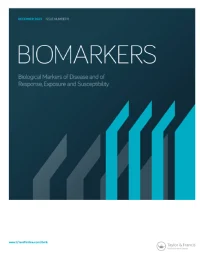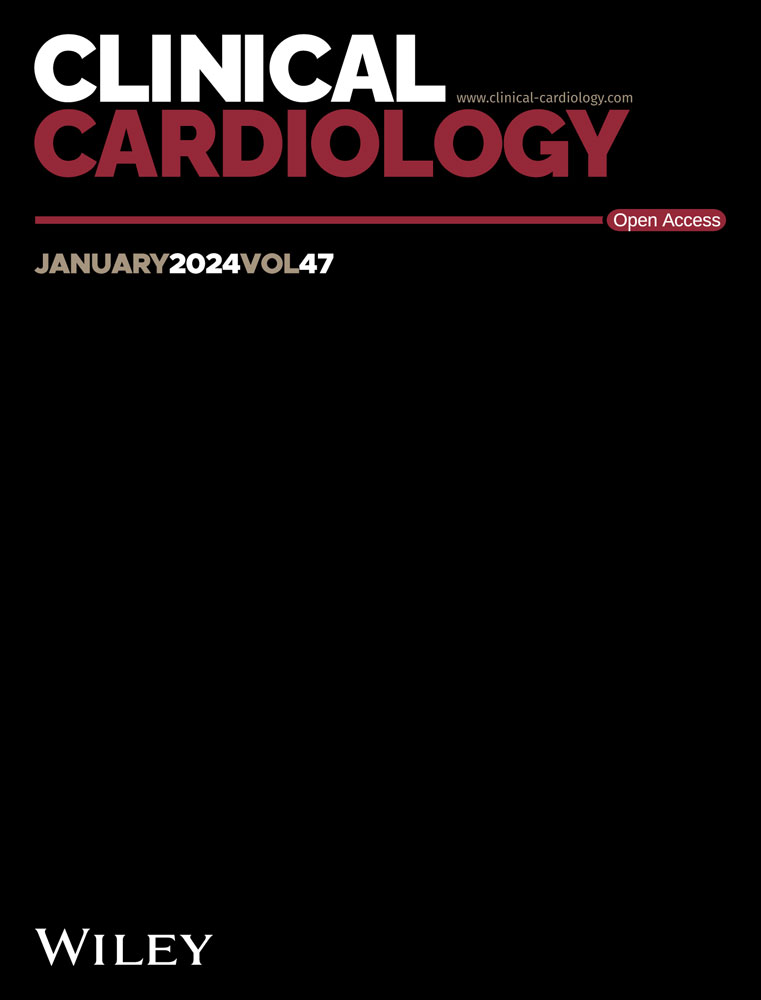A novel interpretable deep learning model for diagnosis in emergency department dyspnoea patients based on complete data from an entire health care system
Background Dyspnoea is one of the emergency department’s (ED) most common and deadly chief complaints, but frequently misdiagnosed and mistreated. We aimed to design a diagnostic decision support which classifies dyspnoeic ED visits into acute heart failure (AHF), exacerbation of chronic obstructive pulmonary disease (eCOPD), pneumonia and “other diagnoses” by using deep learning and complete,…


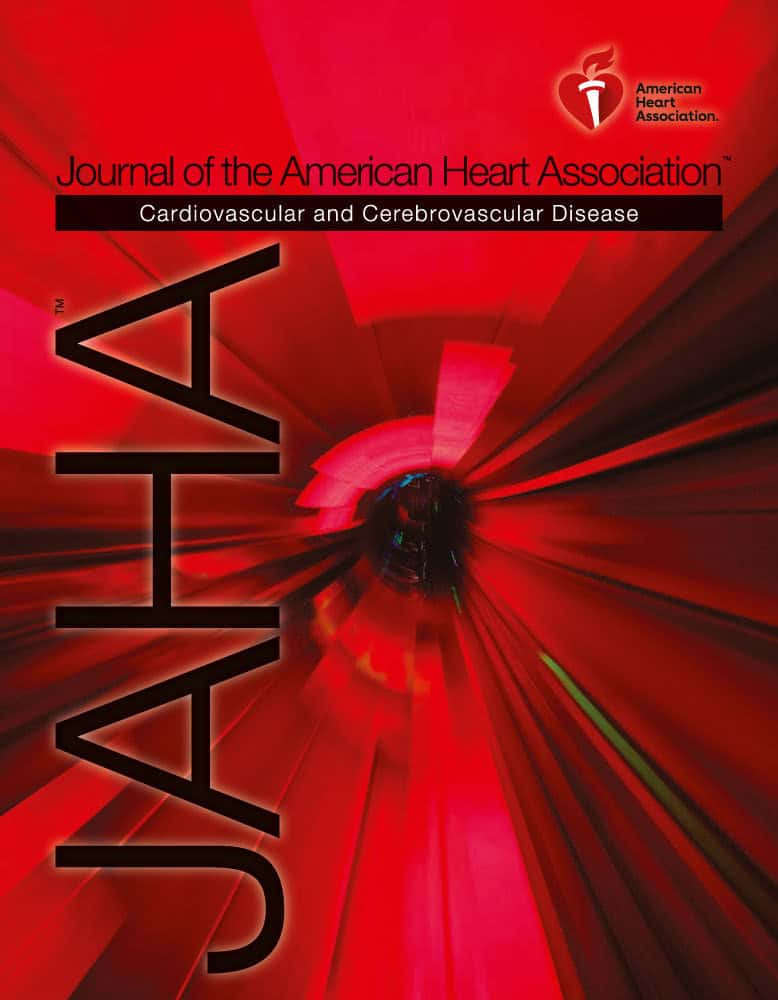
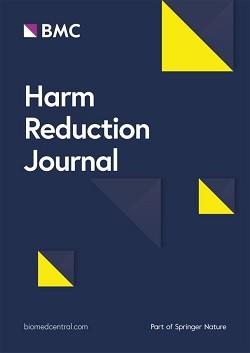
![A Forensic Epidemiological Perspective on Single Stab Injuries to the Trunk in Surviving Assault Victims [German]](https://ardavan.se/wp-content/uploads/2024/08/2024-DGRM.png)
